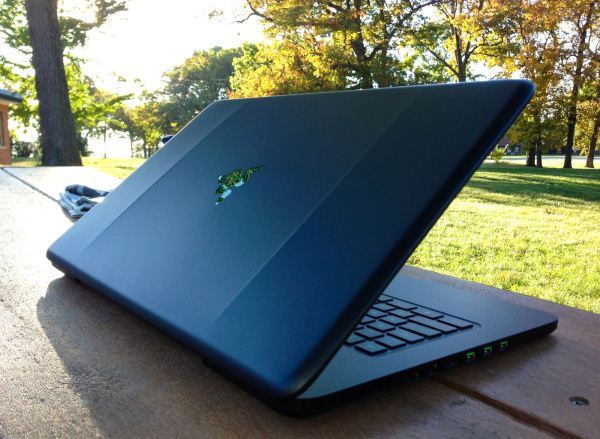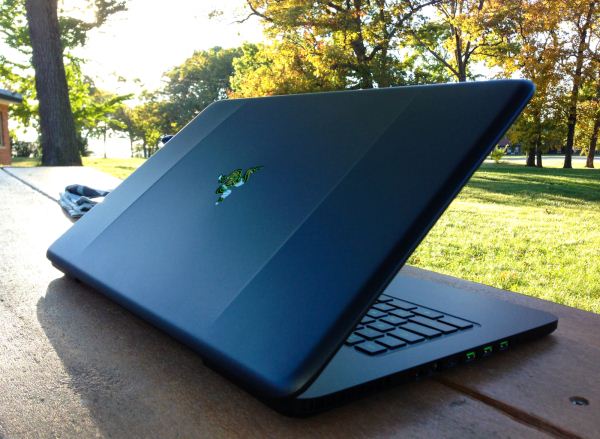Earlier this year, Razer handed me a Blade evaluation unit and told me to go wild. Considering the company had no previous experience with developing PC laptop hardware, I was skeptical about their ability to transition from a manufacturer of gaming peripherals to a manufacturer of gaming systems. Turns out, my concerns were unfounded, as the Blade turned out to be a well-designed, high quality notebook. Granted, the dual-core Core i7 and NVIDIA GT 555M graphics chip were more suited for a high-end 14” system rather than a fully fledged 17” gaming notebook, while the $2799 asking price bordered on obscene, but the Blade was a polished piece of engineering that showed that Razer was capable of producing premium grade hardware.

Fast forward eight months and Razer dropped off the new Blade at my doorstep. (They’re a pretty trusting bunch.) The new Blade looks quite similar to the old Blade, but there are some key differences under the hood. Most obvious is the significant upgrade in computing prowess, with the CPU/GPU combination being kicked up to a quad-core Ivy Bridge chip and NVIDIA’s GTX 660M graphics, but there's also a redesigned cooling system and a much more stable software backend to the Switchblade LCD trackpad. It’s also gotten a price drop to $2499. Do the improvements make the Blade more competitive with the gaming notebook establishment? Read on to find out.
![]()





